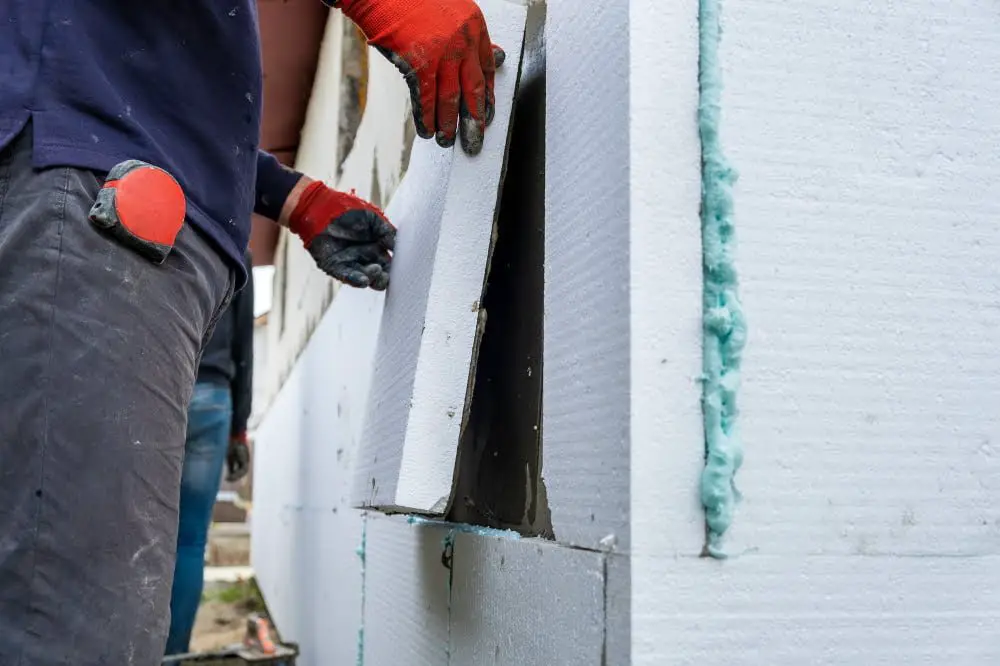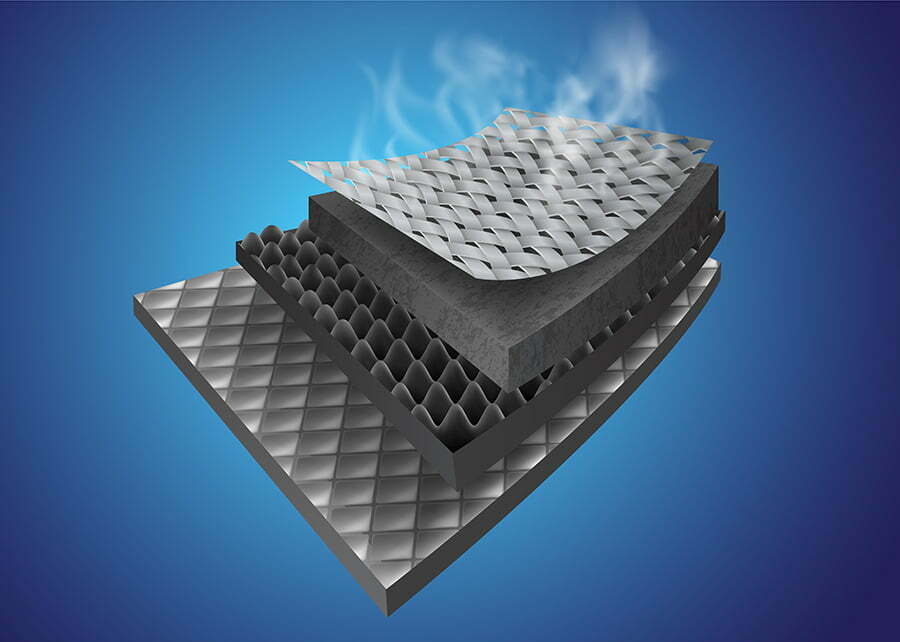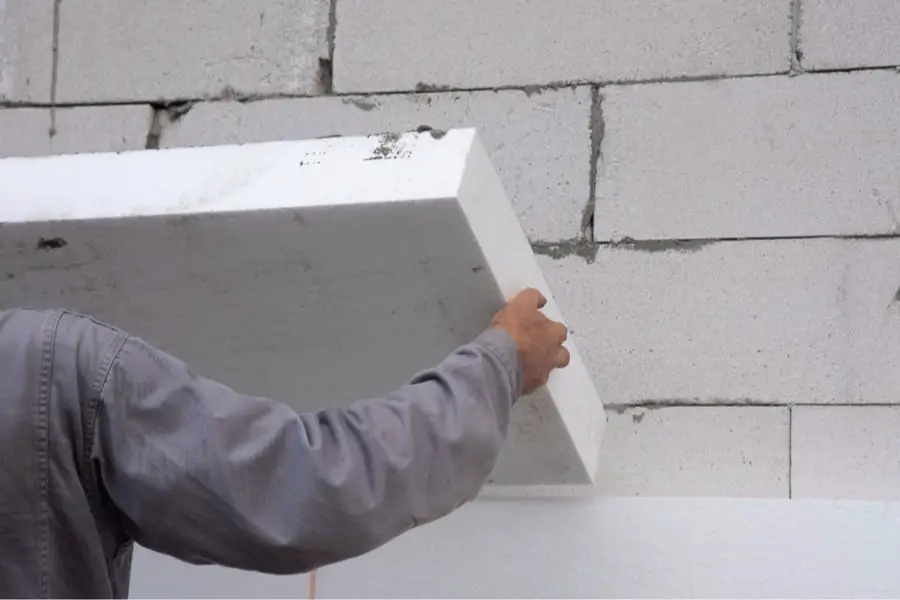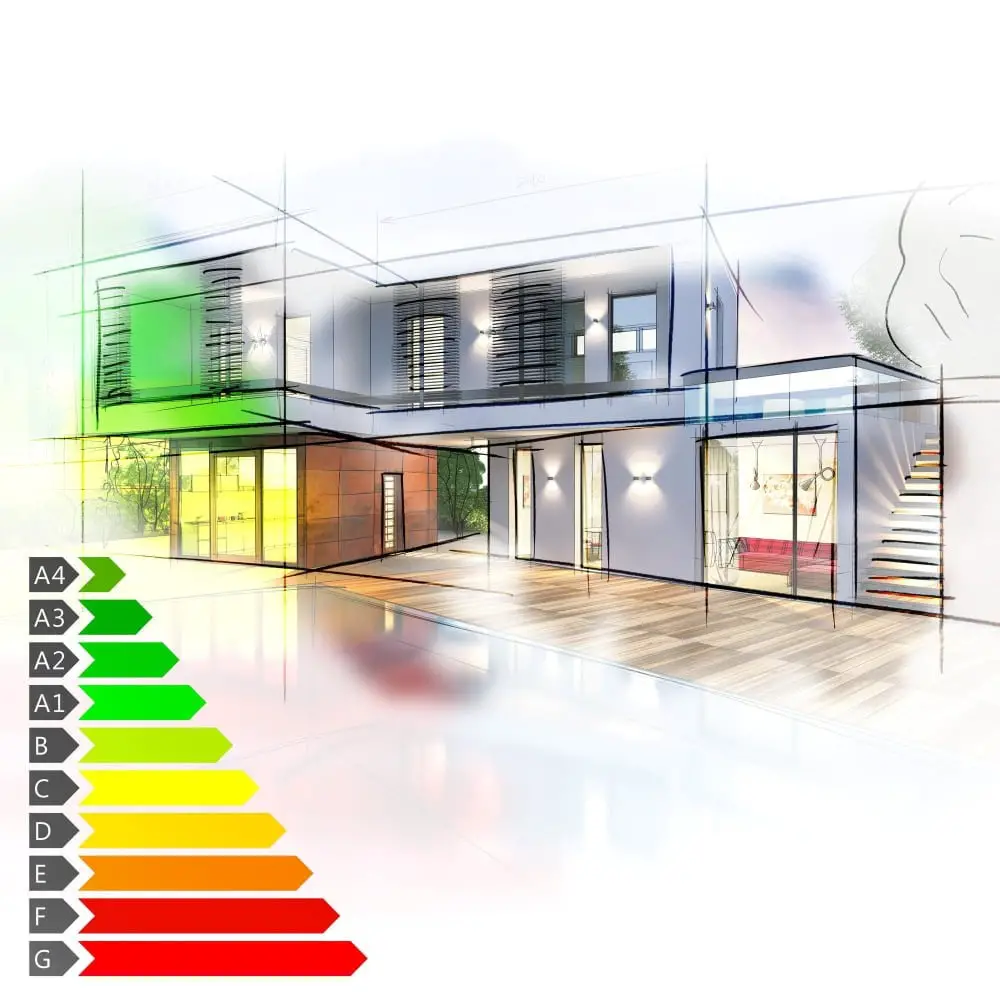Discover why high-performance polymer insulation is the ultimate choice for modern construction and how it can benefit your next project.
As a construction consultant, I have seen the industry evolve and change over the years. One of the most significant changes has been in insulation materials.
Gone are the days of traditional fiberglass insulation being the only option available to builders. Now, there is a new player in town – high-performance polymer insulation.
I remember working on a project where we were tasked with insulating an older building that had poor energy efficiency. We knew we needed something that would perform better than traditional fiberglass insulation, but we weren’t sure what our options were at the time.
Fast forward to today, and I am amazed by how far technology has come in creating new and innovative insulation materials like high-performance polymer insulation. It’s lightweight, easy to install, and provides exceptional thermal performance.
In this blog post, I will share everything you need to know about high-performance polymer insulation and why it’s quickly becoming the ultimate choice for modern construction projects. So sit back, grab a cup of coffee or tea (or whatever your favorite beverage may be), and let’s dive into this exciting topic together!
What You Will Learn
Polymer Insulation Overview
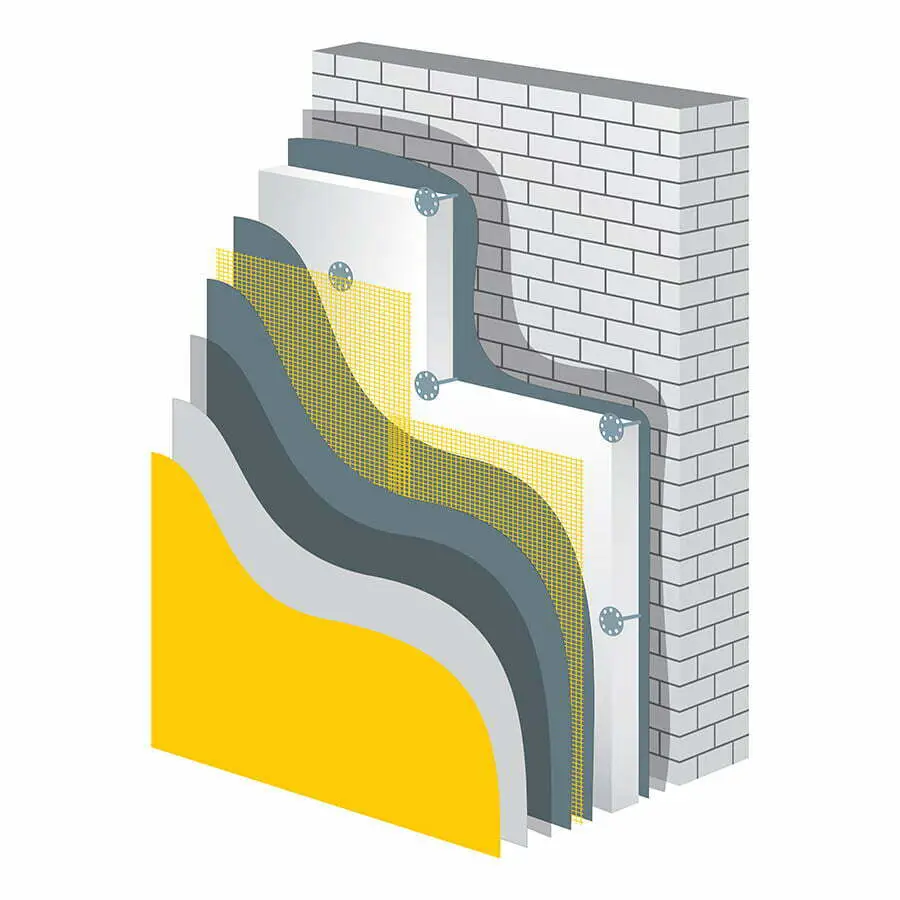
Polymer insulation is a type of insulation material that has been gaining popularity in recent years. It’s made from synthetic polymers, which are materials that have been chemically engineered to have specific properties.
These polymers can be designed to be lightweight, durable, and resistant to heat transfer.
Compared to traditional fiberglass insulation, high-performance polymer insulation offers several advantages for modern construction projects. For one thing, it’s much easier and faster to install than other types of insulation because it comes in pre-cut panels or rolls that can be easily fitted into place.
But perhaps the most significant advantage of high-performance polymer insulation is its exceptional thermal performance. This means that it provides superior protection against heat loss or gain compared with other types of insulating materials like fiberglass or cellulose.
In addition to being highly effective at regulating temperature inside buildings, high-performance polymer insulations also offer excellent soundproofing capabilities and are resistant against moisture damage – making them ideal for use in areas where humidity levels may fluctuate significantly over time.
Overall if you’re looking for an efficient way to improve your building’s energy efficiency while reducing your carbon footprint then High-Performance Polymer Insulation should definitely make the top list!
Modern Construction Demands
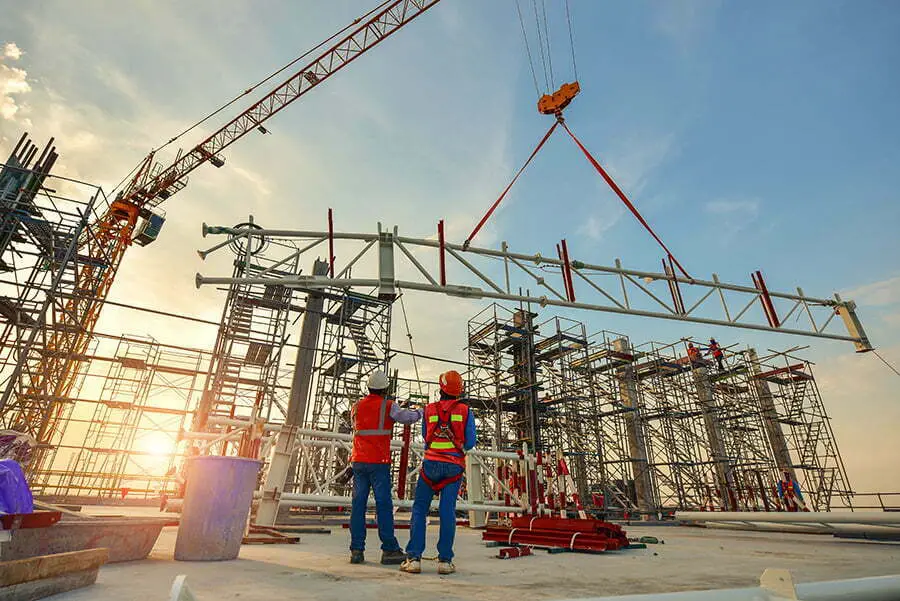
Modern construction demands high-performance materials that can meet the needs of today’s buildings. With energy efficiency and sustainability at the forefront of design, traditional insulation materials are no longer enough to keep up with these demands.
This is where high-performance polymer insulation comes in. As I mentioned earlier, I have seen firsthand how older buildings struggle with poor energy efficiency due to outdated insulation methods.
But even newer constructions can benefit from using modern insulating materials like high-performance polymer insulation. With its superior thermal performance and lightweight properties, it’s no wonder why more builders are turning towards this innovative material for their projects.
Not only does it provide better temperature control inside a building but also helps reduce overall energy consumption by keeping heat or cool air trapped inside for longer periods. In addition to its functional benefits, high-performance polymer insulation is also eco-friendly as it contains recycled content and has a low carbon footprint during production compared to other types of insulations available in the market today.
Modern construction requires advanced solutions that not only meet current standards but exceed them too – making High-Performance Polymer Insulation an ultimate choice for any project looking towards sustainable development while maintaining optimal functionality within budget constraints!
High-Performance Polymers
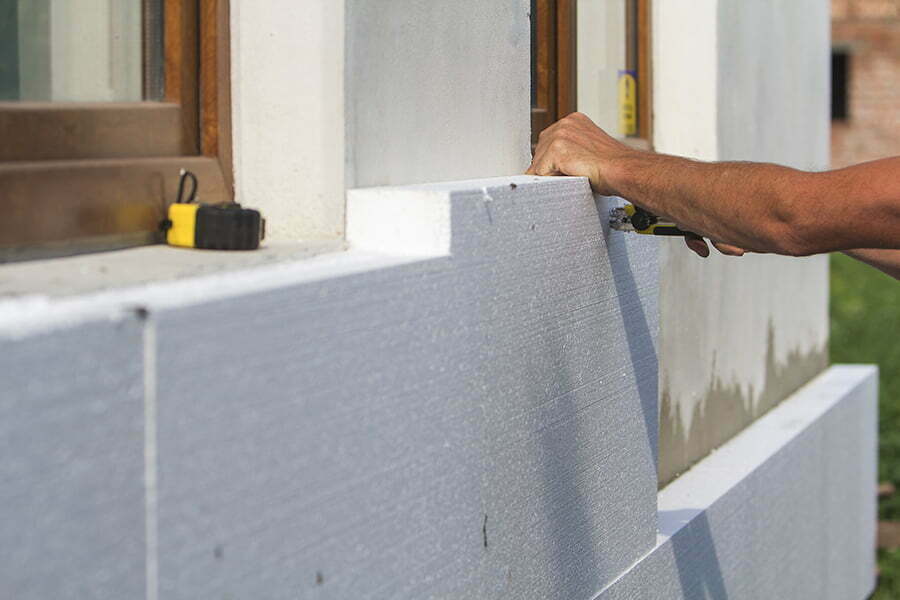
High-performance polymers are a type of insulation material that has been gaining popularity in recent years. These materials are made from synthetic resins and offer superior thermal performance compared to traditional insulation options like fiberglass or cellulose.
One of the most significant advantages of high-performance polymer insulation is its ability to provide excellent energy efficiency. This means that buildings insulated with these materials require less heating and cooling, resulting in lower energy bills for homeowners or building owners.
As I mentioned earlier, I have seen firsthand how much technology has advanced in the construction industry over the years. High-performance polymer insulation is just one example of this progress, providing builders with an innovative solution for their projects’ thermal needs.
In addition to being highly efficient, high-performance polymers also offer other benefits such as being lightweight and easy to install. They can be used in various applications ranging from walls and roofs to floors and foundations.
It’s clear why high-performance polymer insulation is becoming the ultimate choice for modern construction projects – it offers exceptional thermal performance while also being cost-effective and easy-to-use during installation.
Thermal Efficiency Benefits
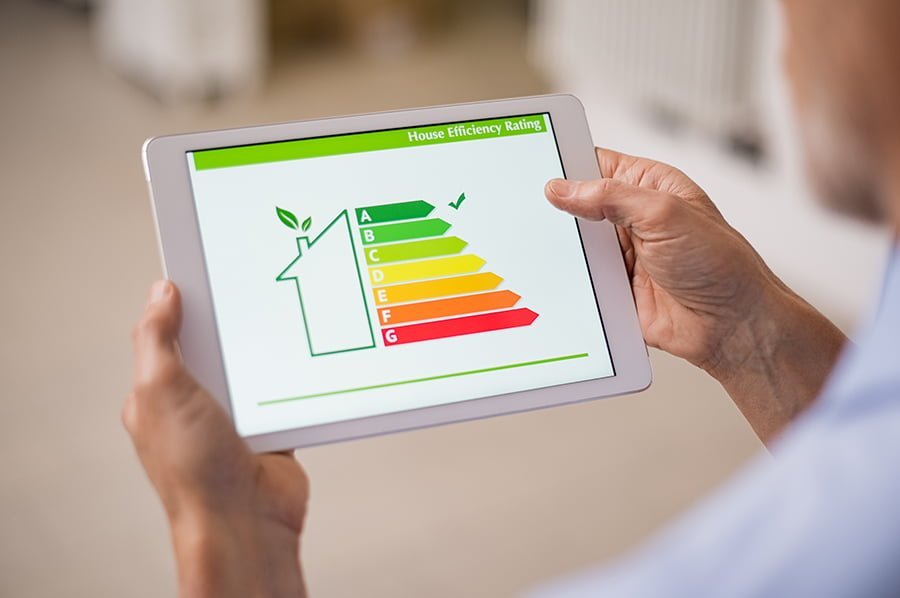
One of the most significant benefits of high-performance polymer insulation is its exceptional thermal efficiency. This type of insulation has a much higher R-value than traditional fiberglass, meaning it can better resist heat flow and keep your building warmer in the winter and cooler in the summer.
As I mentioned earlier, I have seen firsthand how poor energy efficiency can impact older buildings. Inefficient heating and cooling systems lead to higher utility bills for tenants or owners, which is not only costly but also environmentally unsustainable.
High-performance polymer insulation helps address these issues by providing superior thermal performance that reduces energy consumption while keeping occupants comfortable year-round. It’s an investment that pays off both financially and ecologically over time.
In addition to its impressive insulating properties, high-performance polymer insulation is also lightweight compared to other materials like concrete or brick. This makes it easier to install without adding unnecessary weight or bulkiness to your construction project.
If you’re looking for an efficient way to improve your building’s energy performance while reducing costs over time – high-performance polymer insulation should be at the top of your list!
Acoustic Insulation Properties
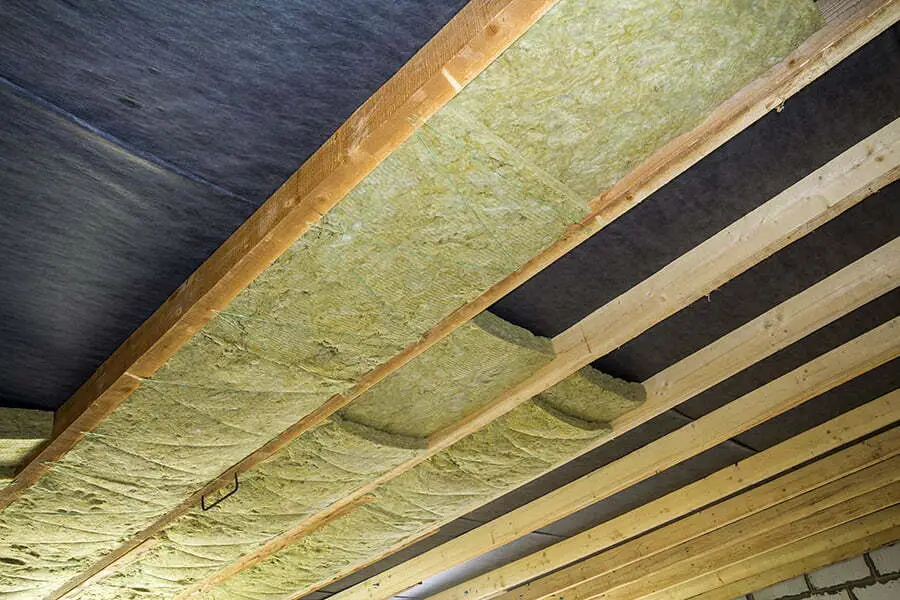
While high-performance polymer insulation is primarily known for its thermal insulation properties, it also has excellent acoustic insulation properties. This means that it can help reduce noise levels in buildings and create a more comfortable living or working environment.
In my experience, I have seen many construction projects where noise pollution was a significant concern. For example, when building apartments or offices near busy roads or airports, the sound of traffic and airplanes can be disruptive to occupants inside the building.
High-performance polymer insulation helps address this issue by reducing sound transmission through walls and ceilings. It does this by absorbing sound waves as they pass through the material rather than reflecting them back into the room like traditional fiberglass insulation would do.
This type of acoustic performance is especially important in modern construction projects where open-plan layouts are becoming increasingly popular. With fewer walls to block out sounds from other areas of a building, high-performance polymer insulation provides an effective solution for creating quieter spaces within these open environments.
With its exceptional thermal and acoustic insulating properties combined with ease-of-installation benefits compared to traditional materials such as fiberglass batts; High-Performance Polymer Insulation proves itself as The Ultimate Choice for Modern Construction Projects!
Moisture Resistance
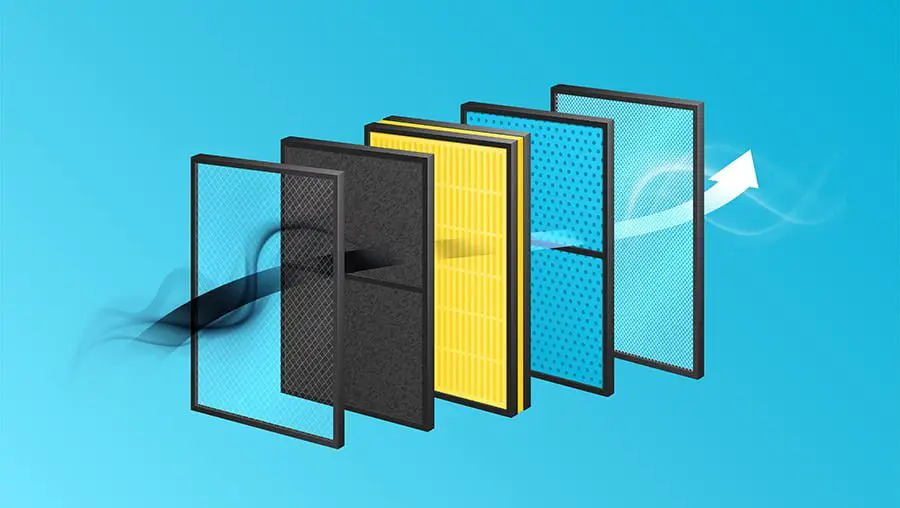
One of the most significant advantages of high-performance polymer insulation is its moisture resistance. Traditional fiberglass insulation can absorb moisture, which can lead to mold growth and a decrease in thermal performance over time.
This is especially problematic in areas with high humidity levels or where there may be water leaks.
I remember working on a project where we had installed traditional fiberglass insulation, only to discover that it had become saturated with water due to an undetected leak. We had no choice but to remove all the wet material and start again from scratch.
With high-performance polymer insulation, this problem becomes a thing of the past. The closed-cell structure of these materials makes them highly resistant to moisture absorption, ensuring that they maintain their thermal performance for years without any degradation.
Some types of high-performance polymer insulations are designed specifically for use in damp environments such as basements or crawl spaces. These products have added features like built-in vapor barriers that prevent moisture from penetrating through walls and floors into living spaces above.
If you’re looking for an effective way to keep your building dry while maintaining optimal energy efficiency levels over time – then look no further than High-Performance Polymer Insulation!
Fire Safety Advantages
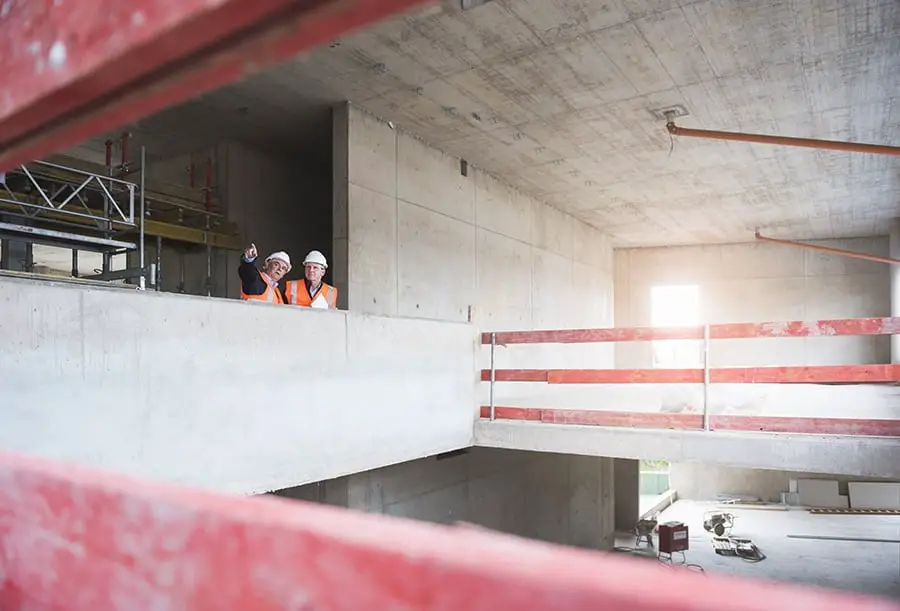
In addition to its thermal performance benefits, high-performance polymer insulation also offers significant fire safety advantages. Unlike traditional fiberglass insulation, which can be a fire hazard due to its flammable nature, high-performance polymer insulation is non-combustible and does not release toxic fumes when exposed to flames.
I remember working on a project where we had installed traditional fiberglass insulation in an older building that caught fire. The fiberglass quickly ignited and released harmful smoke throughout the building.
It was a scary situation for everyone involved.
With high-performance polymer insulation, builders can have peace of mind knowing that their buildings are safer from potential fires. This type of material has been tested extensively for its flame resistance properties and meets all necessary safety standards.
The use of high-performance polymer insulation in modern construction projects provides numerous benefits beyond just energy efficiency improvements. Its superior thermal performance combined with excellent fire safety features make it an ideal choice for any builder looking to create safe and sustainable structures while meeting today’s stringent regulations on energy efficiency standards.”
Sustainability and Eco-friendliness
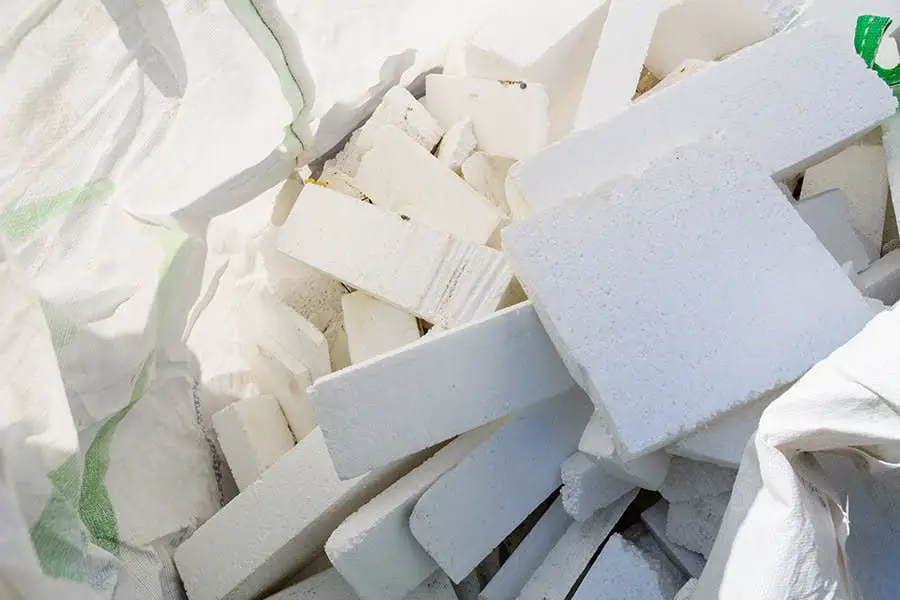
In addition to its superior thermal performance, high-performance polymer insulation is also an eco-friendly and sustainable choice for modern construction. As we become more aware of the impact that our actions have on the environment, it’s essential to consider materials that are not only effective but also environmentally responsible.
High-performance polymer insulation is made from recycled materials and can be recycled at the end of its life cycle. This means that it doesn’t contribute to landfill waste or harm wildlife habitats like some traditional insulation materials do.
I remember feeling a sense of pride when I worked on a project where we used high-performance polymer insulation because I knew we were making a positive impact on both our client’s energy bills and the environment. It was satisfying knowing that we were using innovative technology while still being mindful of sustainability practices.
If you’re looking for an effective way to insulate your building while reducing your carbon footprint, then high-performance polymer insulation should be at the top of your list. Its exceptional thermal performance combined with its eco-friendliness makes it truly “the ultimate choice” for modern construction projects!
Installation Techniques
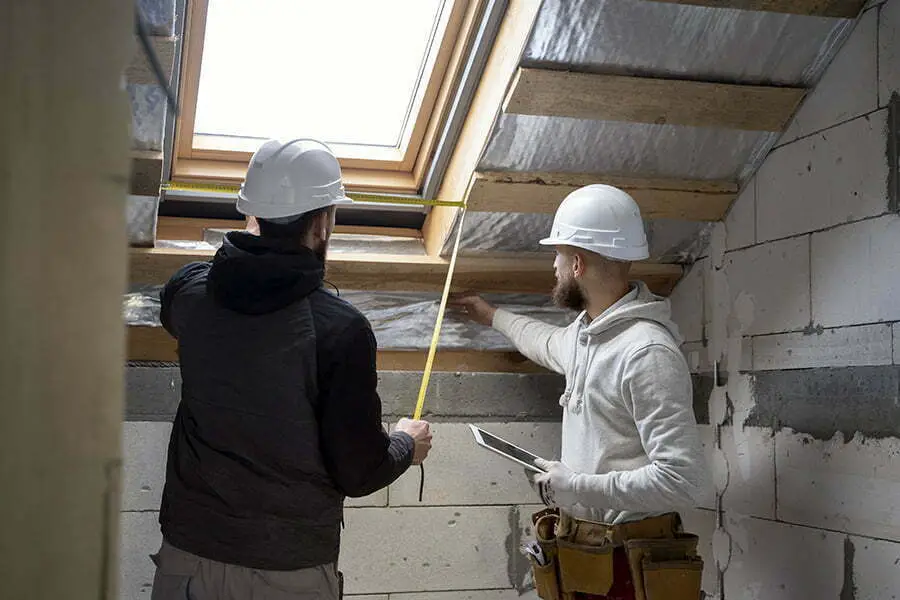
When it comes to insulation, installation is just as important as the material itself. Luckily, high-performance polymer insulation is easy to install and can be done quickly and efficiently.
One of the most popular installation techniques for this type of insulation is spray foam. This involves spraying a liquid mixture onto surfaces where it expands into a solid foam that fills gaps and creates an air-tight seal.
Spray foam can be used on walls, ceilings, floors, roofs – basically any surface that needs insulating.
Another technique for installing high-performance polymer insulation is using pre-cut panels or boards made from the material. These panels are cut to fit specific areas and then secured in place with adhesive or mechanical fasteners like screws or nails.
No matter which method you choose for installing high-performance polymer insulation in your construction project, one thing remains constant: its exceptional thermal performance will help reduce energy costs while keeping occupants comfortable year-round.
As I mentioned earlier in this post’s introduction story about my experience working on an older building with poor energy efficiency; if we had access to modern materials like high-performance polymer back then our job would have been much easier! But now builders have access to these innovative materials making their work more efficient than ever before!
Cost-effectiveness Analysis
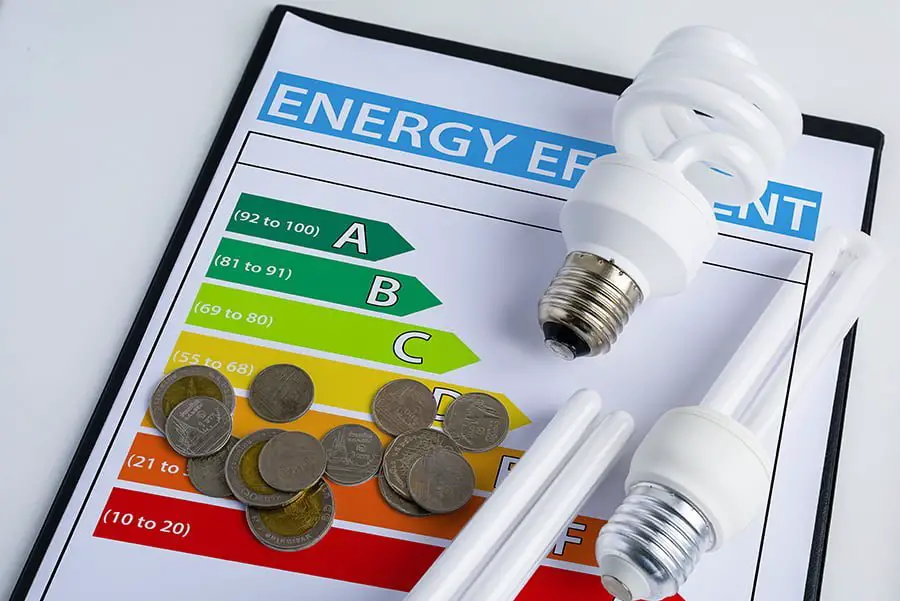
When it comes to choosing insulation materials for a construction project, cost-effectiveness is always a significant consideration. High-performance polymer insulation may seem like an expensive option at first glance, but when you factor in its long-term benefits and energy savings, it becomes clear that this material is the ultimate choice for modern construction.
In my experience working with high-performance polymer insulation on various projects, I have seen firsthand how this material can help reduce energy costs significantly. Its superior thermal performance means that buildings stay warmer in the winter and cooler in the summer without relying heavily on heating or cooling systems.
High-performance polymer insulation has excellent durability and longevity compared to traditional fiberglass options. This means less maintenance over time and fewer replacement costs down the line.
When conducting a cost-effectiveness analysis of different types of insulations available today – including traditional fiberglass options – high-performance polymer insulation proves to be more economical over time due to its superior performance capabilities.
While there may be some upfront investment required when using high-performance polymer insulation as opposed to other materials; however considering all factors such as reduced energy consumption bills along with lower maintenance requirements make it an ideal choice for modern constructions looking towards sustainable solutions.
Related reading:

